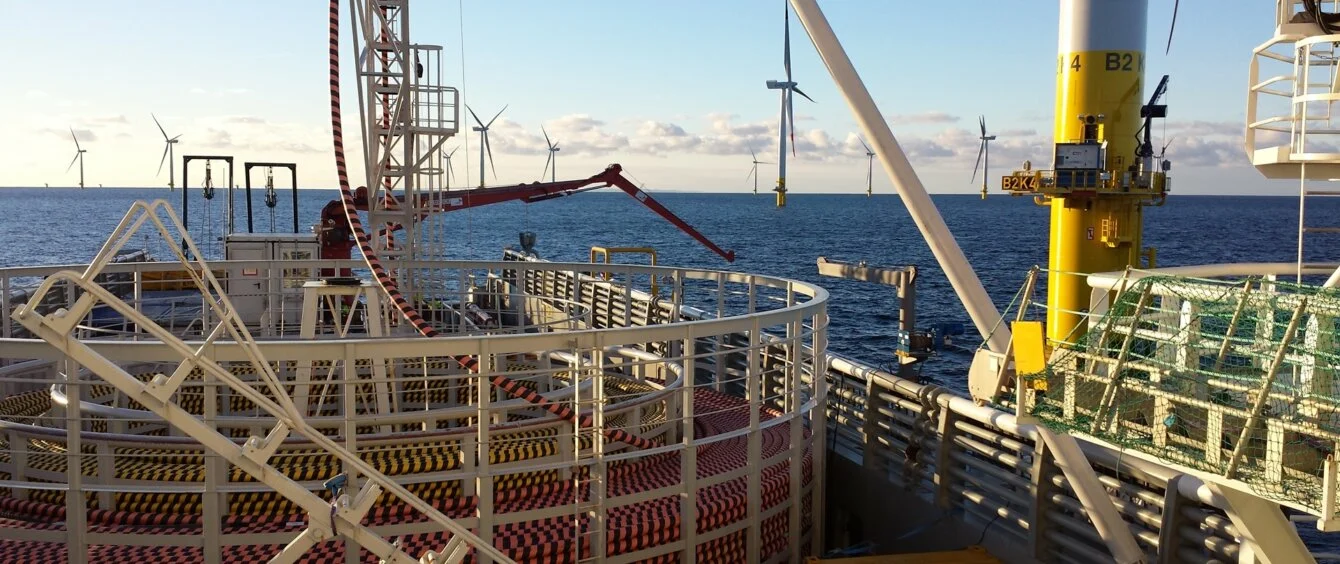Construction has started on the first direct power link between Europe’s two largest economies, the UK and Germany.
The link will run from a converter station and grid interface on transmission system operator Tennet’s electricity network near Fedderwarden on Germany’s North Sea coast to the Isle of Grain within the district of Medway in southern England.
At 725 kilometres, 706 km of which is offshore, the NeuConnect interconnector will rank as one of the world’s longest. The short on-land section will be buried underground using trenchless tunnelling techniques, while the remainder will lie under the sea.
The power link will have capacity of 1.4 GW and direct current voltage of 525 kV, crossing UK, Dutch and German waters. The total cost of the project is about €2.8 billion and commercial operations are expected to start in 2028.
Interconnector boom
The number of high voltage interconnectors linking European countries is expanding in response to the growth of variable renewable energy sources, particularly geographically-concentrated wind, and the security of supply shock emanating from Russia’s invasion of Ukraine.
The UK already has direct links to Ireland, France, the Netherlands, Belgium and most recently, in 2021, with Norway via the 1.4 GW North Sea Link. Germany, equally, has cross border connections with its immediate neighbours, as well as subsea links to both Norway and Sweden.
Offshore electricity infrastructure is also expanding in northern Europe as countries develop offshore wind farms.
These typically connect only to the electricity system of the country in whose maritime territory they lie. However, novel concepts such as energy islands and multi-purpose interconnectors promise to link them to additional markets, facilitating trade, strengthening security of energy supply, and allowing the more efficient use of the clean energy they generate.
One of the central ideas behind NeuConnect is the efficient use of the growing volume of offshore wind capacity in the German and UK electricity markets.
Offshore wind ambitions and transmission
Germany has an ambitious offshore wind target of 30 GW by 2030, while the UK is aiming for 50 GW. At the end of 2022, the two countries had installed offshore wind capacity of 8.1 GW and 13.8 GW respectively, according to International Renewable Energy Agency data, making them the two largest such markets in Europe.
Germany lacks north-south transmission capacity. To address this, construction started recently on the long-standing SuedLink project (Link in German), which will take up to 4 GW of power to Bavaria and Baden-Württemburg in the south.
But with plentiful wind and hydro power to its north in Denmark and Norway, Germany will still need additional flexibility as its portfolio of offshore wind farms on its northern coast grows, hence projects such as NeuConnect.
Generation comparison
Wind, on and offshore, is the largest source of renewable power in both the UK and Germany, with Germany more reliant on onshore wind and the UK on offshore wind.
Both countries have seen a decline in nuclear generation. While the UK supports the technology, Germany shut down its last three nuclear power stations in April 2023. The UK has all but eradicated the use of coal, while coal-fired generation in Germany has risen since Russia’s invasion of Ukraine and the loss of Russian gas imports.
Nonetheless, the growth of wind and solar saw Germany generate 45.9% of its electricity from renewables in 2022, including hydropower, compared with 42.7% in the UK.
Differences in generation mixes are a strength when it comes to interconnectors as it increases the diversity of energy supply both in terms of technology and geography between the linked markets.
Renewable energy capacity set to grow
Based on the net zero by 2050 ambitions of both countries, renewable energy generation will continue to grow, increasing the need for flexibility of all forms, including storage, in-country transmission, interconnectors and demand-side management.
In addition, the growth of offshore wind in the North Sea, if ambitions are realised, would create what has been described as an offshore supergrid, providing flexible transmission infrastructure so that the ever larger amounts of clean energy generated can be used efficiently between different markets.
As a result, connecting Europe’s two biggest economies directly will facilitate their offshore wind ambitions, increase trading opportunities and provide additional security of energy supply for both.
Photo credit: © Offshore2023, shutterstock.com
